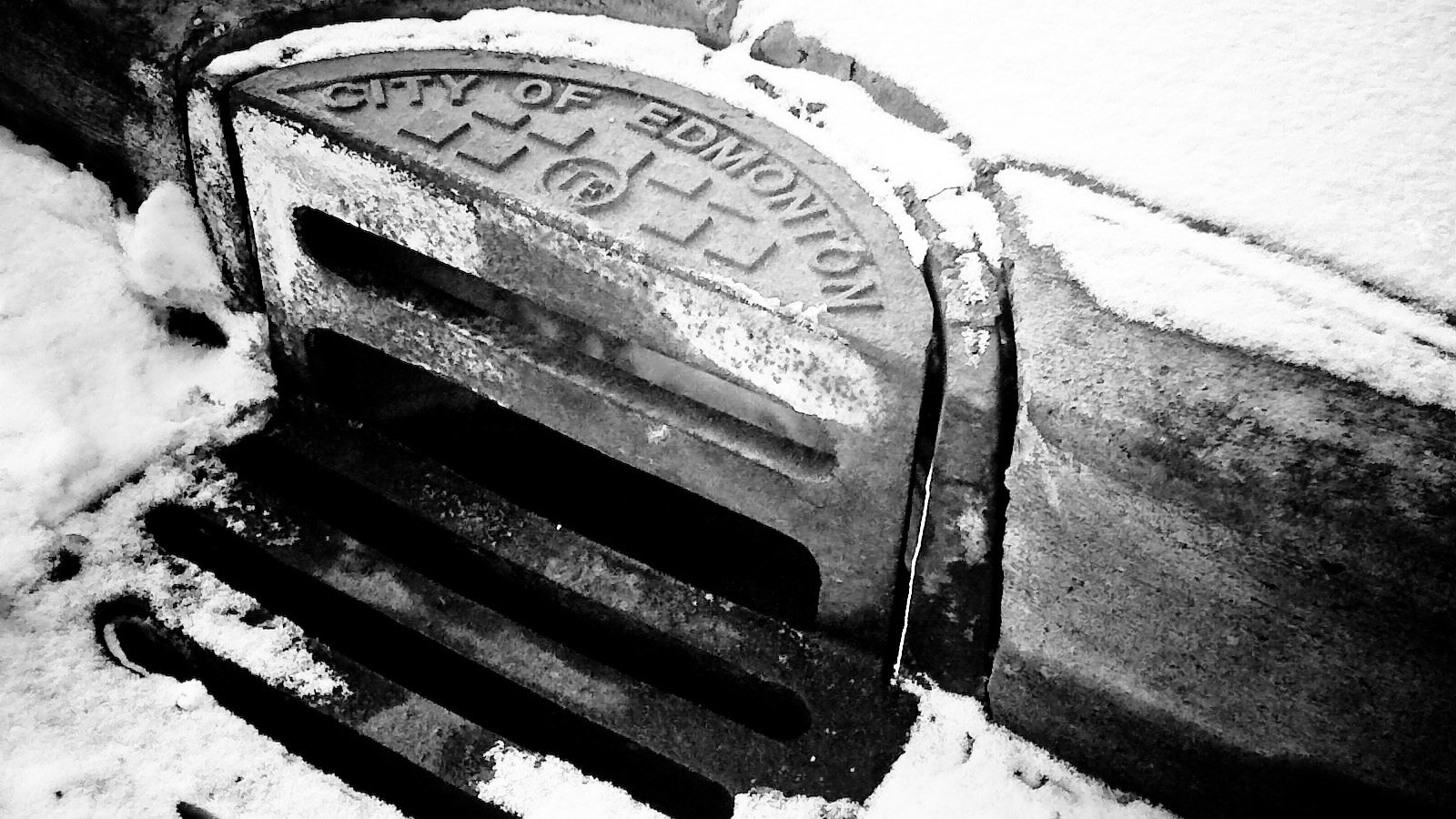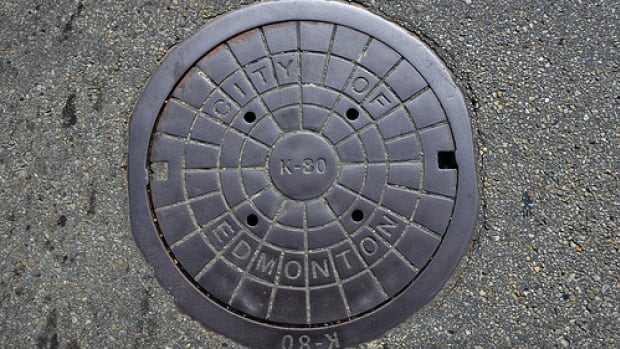Underground infrastructure plays a crucial role in modern cities, supporting transportation, utilities, and telecommunications. However, designing these systems comes with its own set of unique challenges. This article will explore some of the most common design challenges faced in civil engineering when it comes to underground infrastructure.
The Complexity of Subsurface Conditions
One of the most significant challenges in underground infrastructure design is dealing with the complexity of subsurface conditions. Unlike above-ground construction, where conditions are more predictable, the underground environment can vary widely even within short distances.

Unpredictable Soil and Rock Conditions
Soil and rock conditions can change drastically from one location to another, affecting the stability and safety of underground structures. Engineers must conduct extensive geotechnical investigations to understand these conditions, which can be both time-consuming and expensive.
Water Table and Drainage Issues
The presence of groundwater can pose significant challenges. High water tables can lead to water ingress, which can weaken structures and cause long-term maintenance issues. Proper drainage solutions must be designed to manage this water effectively.
Environmental and Safety Concerns
Environmental and safety concerns are paramount in the design of underground infrastructure.
Environmental Impact
Construction activities can have a significant impact on the surrounding environment. Measures must be taken to minimize this impact, such as controlling dust, water runoff and noise levels and ensuring proper waste disposal.
Safety Risks
Working underground poses various safety risks, including the potential for cave-ins, exposure to hazardous materials, and limited ventilation. Comprehensive safety plans and emergency response protocols are essential.

Integration with Existing Infrastructure
Underground infrastructure must often be integrated with existing systems, adding another layer of complexity to the design process. Often new infrastructure must be integrated with older existing systems that follow an old set of requirements.
Utility Coordination
Coordinating with existing utilities such as water, gas, and electricity lines is crucial to avoid conflicts and ensure seamless integration. This requires detailed mapping and careful planning.
Future Expansion
Designs must also consider future expansion and modifications. Engineers need to create flexible solutions that can adapt to the changing needs of the city.
Changing Climate
As extreme storms happen more frequently, our underground infrastructure must adapt to these changing conditions. As a result, many municipalities are changing bylaws to increase population density (i.e. garden suites, etc.) so that it is more cost effective to upgrade old underground infrastructure.
Technological Challenges
As technology advances, so do the challenges associated with underground infrastructure.
Advanced Materials
The use of advanced materials can improve the durability and performance of underground structures, but it also introduces new challenges. Engineers must stay updated on the latest material technologies and understand their long-term implications.
Monitoring and Control Systems
Modern underground infrastructure often incorporates sophisticated monitoring and control systems. While these systems enhance functionality and safety, they also require specialized knowledge for design and maintenance.

Financial Constraints
Budget constraints are a common challenge in any construction project, and underground infrastructure is no exception. Extensive planning and budgeting for incidentals (i.e. inclement weather) will help your project stay on budget.
High Initial Costs
The initial costs of underground infrastructure projects can be high due to the need for specialized equipment and extensive planning. Securing adequate funding is often a significant hurdle for many municipalities.
Long-Term Maintenance Costs
Long-term maintenance costs must also be considered in the design phase. Civil Engineers need to design systems that are not only cost-effective to build but also economical to maintain over their lifespan.
Regulatory and Legal Challenges
Underground infrastructure projects are subject to various regulatory and legal requirements.
Permits and Approvals
Obtaining the necessary permits and approvals can be a lengthy and complex process. Civil Engineers must navigate a maze of regulations to ensure compliance with a variety of governing bodies such as Alberta Transportation, Alberta Environment and Protection, Municipalities, Fisheries and Oceans Canada, etc.
Land Ownership and Easements
Issues related to land ownership and easements can also pose challenges. Negotiating with property owners and securing the necessary rights-of-way requires careful planning and legal expertise.
The Path Forward
Designing underground infrastructure is a complex and challenging task that requires careful consideration of various factors. From unpredictable subsurface conditions to environmental and safety concerns, engineers must navigate a multitude of challenges to create safe and efficient underground systems. By understanding and addressing these challenges, civil engineers can continue to develop the vital infrastructure that supports our communities.
If you are looking for experienced civil engineering company to guide you through the development process in Edmonton and across Alberta, be sure to engage with Bolson Engineering and Environmental Services. We will be happy to consult with you as your trusted civil engineering partner.

